What is the tolerance range of precision screws?
What is the tolerance range of precision screws?
Service Hotline
+86760-8787 8587We have more than ten years of production experience in the screw industry. The main products are: floating cabinet screw cap, copper nut column, metal self-locking nut, hexagonal lengthened and thickened nut, aluminum alloy model, galvanized European standard diamond nut, copper flower nut, square nut Head bolts, pins, round pins, GB873 hollow core nails, GB109 flat head rivets, 316 nuts, hexagonal cup head screws, square screws, nut bolts, GB882 pins and other fasteners, due to different product materials and specifications, the price It is also different, please contact us if necessary.


Countersunk rivet is a kind of part that uses its own deformation or interference connection to connect and position two objects in riveting. It is widely used in automobiles, vehicles, electromechanical products, aerospace products and other fields. When the countersunk head rivet is used, the head of the rivet sinks into the connected parts in whole or in part. This structure is mostly used for parts that require a smooth and smooth appearance. The standard structure of countersunk head rivets is specified in the national aviation standard, national standard and national standard, and the countersunk head rivets involved in these standards are all standard rotary structures.
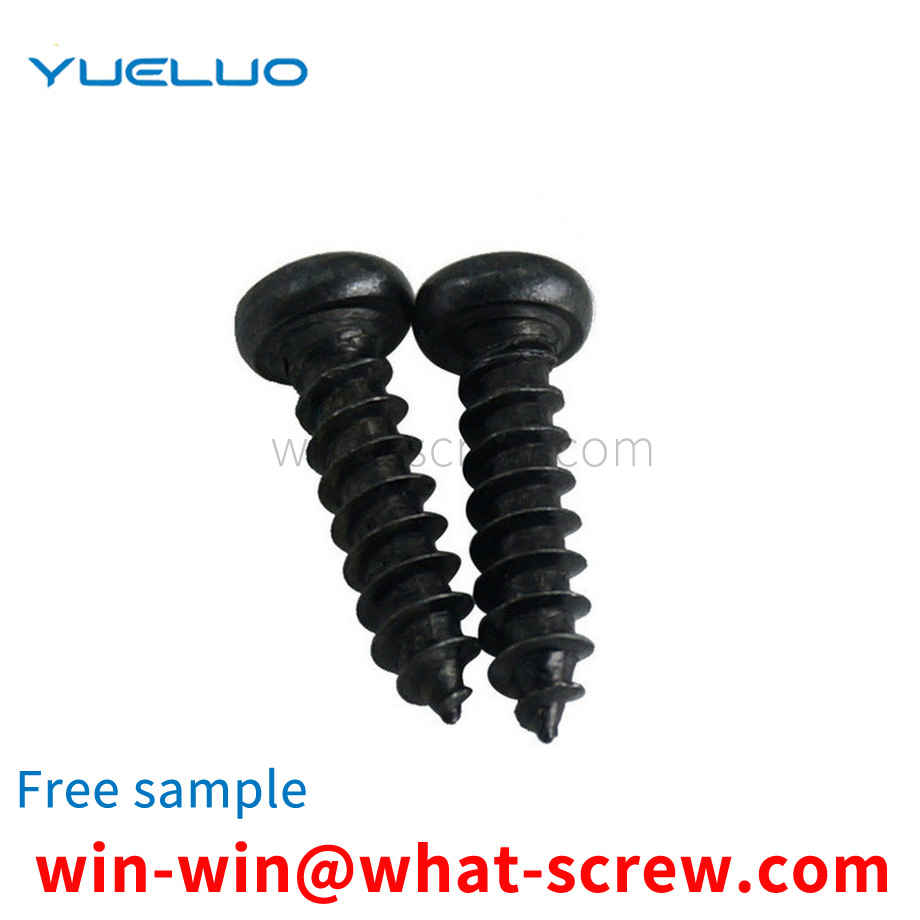
The quality of electroplating is measured primarily by its corrosion resistance, followed by appearance. Corrosion resistance is to imitate the working environment of the product, set it as the test condition, and perform a corrosion test on it. The quality of electroplating products shall be controlled from the following aspects: 1. Appearance: Partial uncoated, scorched, rough, gray, peeling, crusted, and obvious stripes are not allowed on the surface of the product, and pinholes, pitting, and black plating are not allowed. Slag, loose passivation film, cracks, peeling off and serious passivation marks. 2. Coating thickness: The operating life of fasteners in corrosive atmosphere is proportional to its coating thickness. The general recommended thickness of economical electroplating coating is 0.00015in ~ 0.0005in (4 ~ 12um). Hot-dip galvanizing: the standard average thickness is 54 um (43 um for diameter ≤ 3/8), and the minimum thickness is 43 um (37 um for diameter ≤ 3/8). 3. Coating distribution: With different deposition methods, the aggregation method of the coating on the surface of the fastener is also different. During electroplating, the coating metal is not uniformly deposited on the peripheral edge, and a thicker coating is obtained at the corners. In the threaded portion of the fastener, the thickest coating is located on the thread crest, gradually thinning along the flank of the thread, and the thinnest deposit is at the bottom of the thread, while hot dip galvanizing is just the opposite, the thicker coating is deposited on the inside corners and On the bottom of the thread, mechanical plating tends to deposit the same metal as hot-dip plating, but is smoother and has a much more uniform thickness over the entire surface [3]. 4. Hydrogen embrittlement: During the processing and processing of fasteners, especially in the pickling and alkali washing before plating and the subsequent electroplating process, the surface absorbs hydrogen atoms, and the deposited metal coating then traps hydrogen. When the fastener is tightened, the hydrogen is transferred towards the most stressed parts, causing the pressure to build up beyond the strength of the base metal and producing microscopic surface cracks. Hydrogen is particularly active and quickly seeps into the newly formed fissures. This pressure-rupture-penetration cycle continues until the fastener breaks. Usually occurs within a few hours after the first stress application. To eliminate the threat of hydrogen embrittlement, fasteners are heated and baked as soon as possible after plating to allow hydrogen to seep out of the plating, typically at 375-4000F (176-190C) for 3-24 hours. Since mechanical galvanizing is non-electrolyte, this virtually eliminates the threat of hydrogen embrittlement, which exists in galvanizing using electrochemical methods. In addition, due to engineering standards, it is forbidden to hot-dip galvanize fasteners with hardness higher than HRC35 (Imperial Gr8, metric 10.9 and above). Therefore, hydrogen embrittlement rarely occurs in hot-dip plated fasteners. 5. Adhesion: Cut or pry off with a solid tip and considerable pressure. If, in front of the blade tip, the coating peels off in flakes or skins, exposing the base metal, the adhesion shall be considered insufficient.
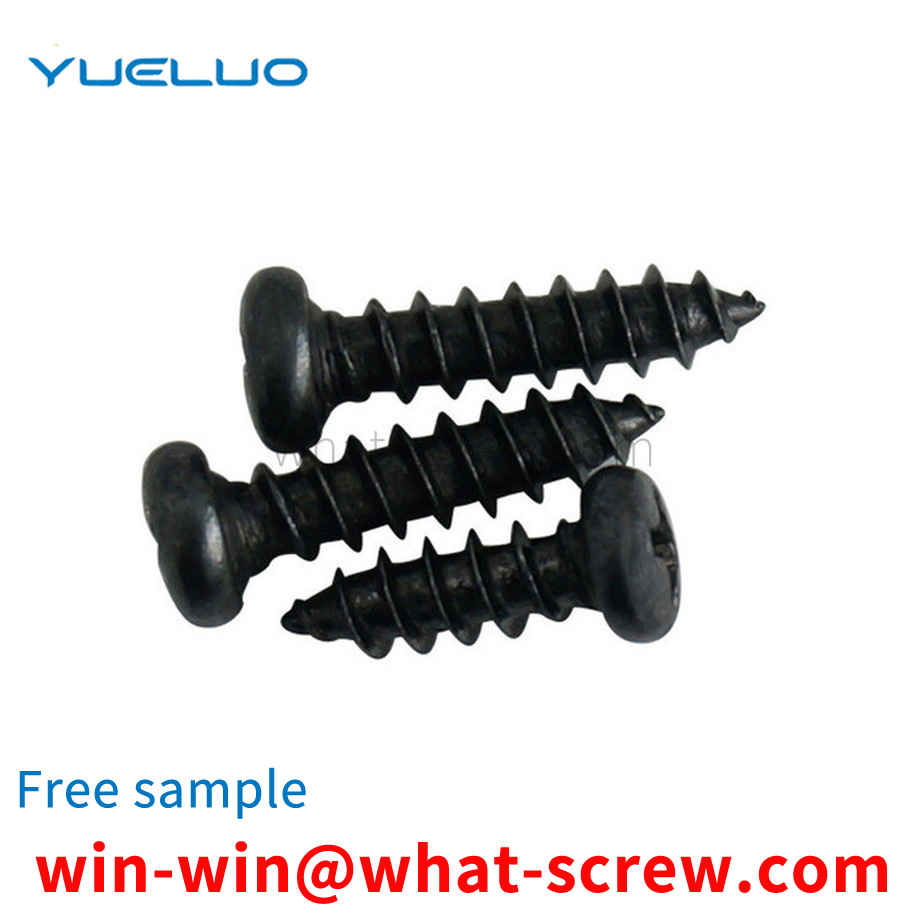
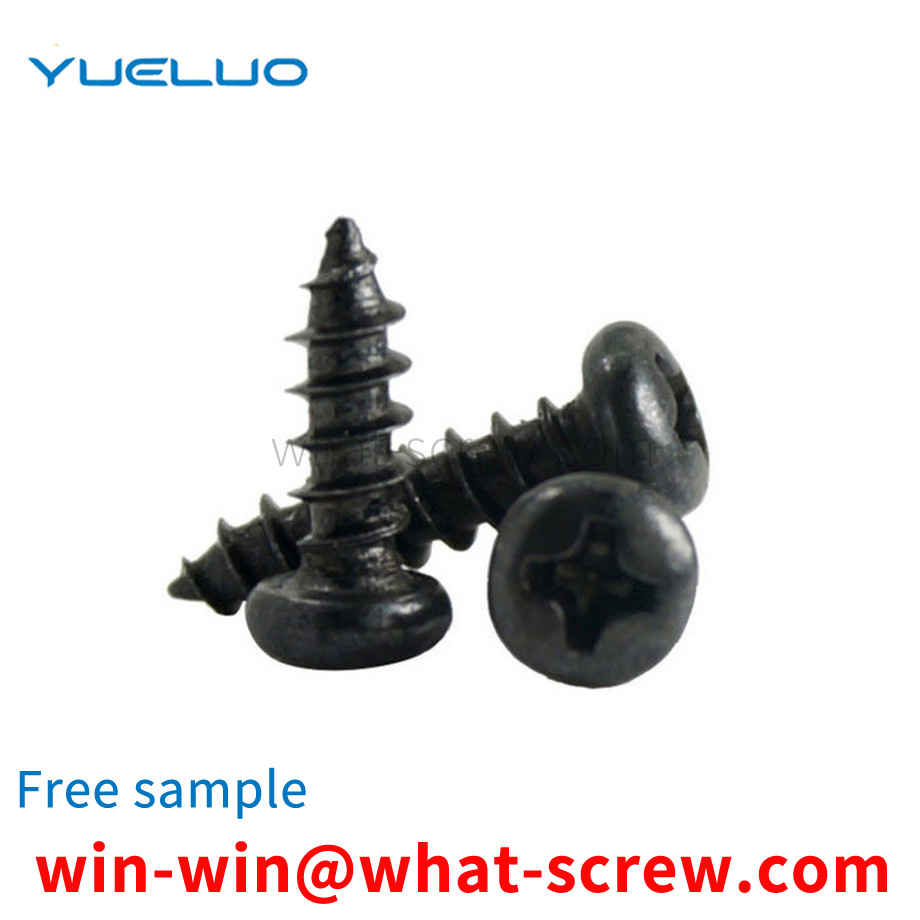
Flat washers are usually thin pieces of various shapes used to reduce friction, prevent leakage, isolate, prevent loosening, or distribute pressure. Such components are found in many materials and structures to perform a variety of similar functions. Restricted by the material and process of threaded fasteners, the bearing surface of fasteners such as bolts is not large, so in order to reduce the compressive stress of the bearing surface and protect the surface of the connected parts, washers are used.
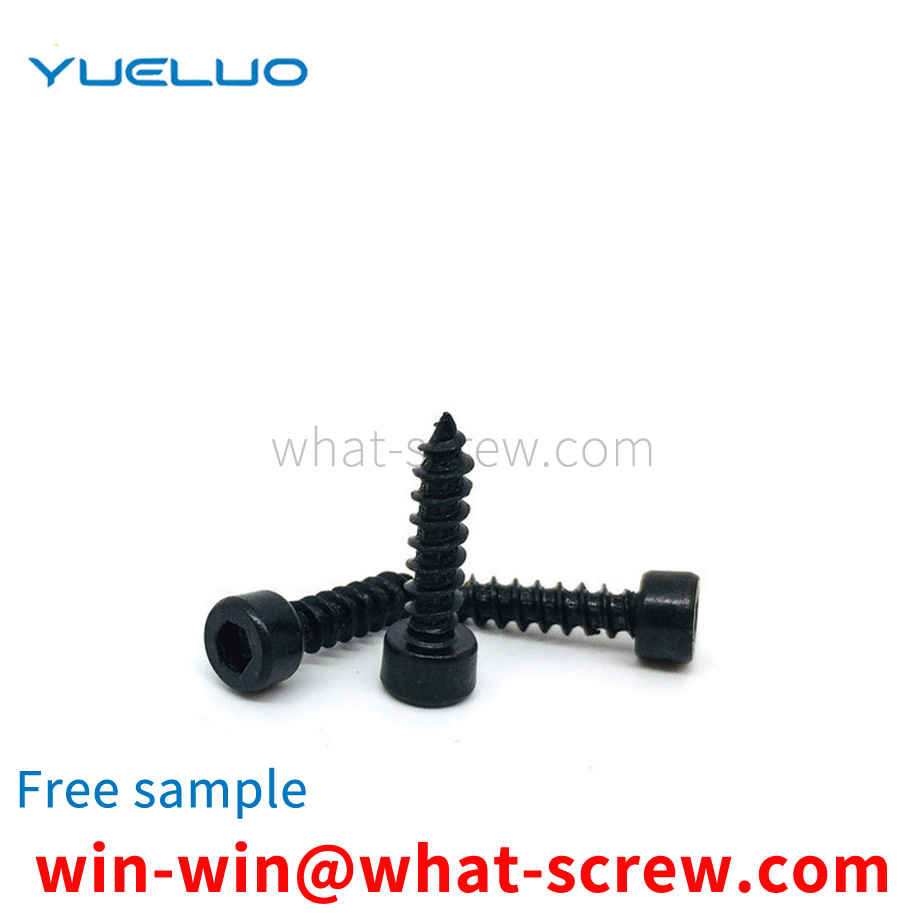
Slotted Round Head Wood Screws GB 99-86 Slotted Countersunk Head Wood Screws GB 100-86 Slotted Half Countersunk Head Wood Screws GB 101-86 Hexagon Head Wood Screws GB 102-86 Cross Recessed Round Head Wood Screws GB 950-86 Cross Slotted countersunk head wood screws GB 951-86 Cross recessed countersunk head wood screws GB 952-86
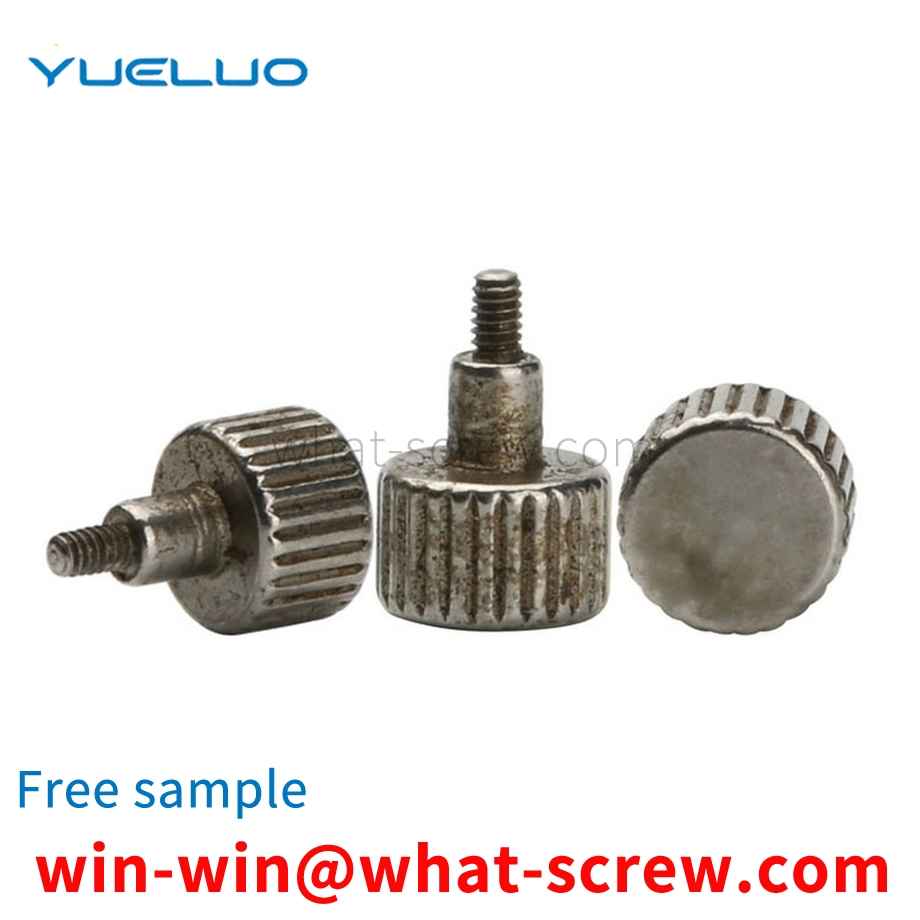
The above content is uploaded by Yueluo or the Internet. If there is any copyright issue, please contact [email protected].

What is the tolerance range of precision screws?

How to choose the right stainless steel screw manufacturer?

Why is there an R angle under the head of the hexagon head s...

We have more than ten years of production experience in the ...

We have more than ten years of experience in the production ...

We have more than ten years of experience in the production ...

We have more than ten years of experience in screw industry ...